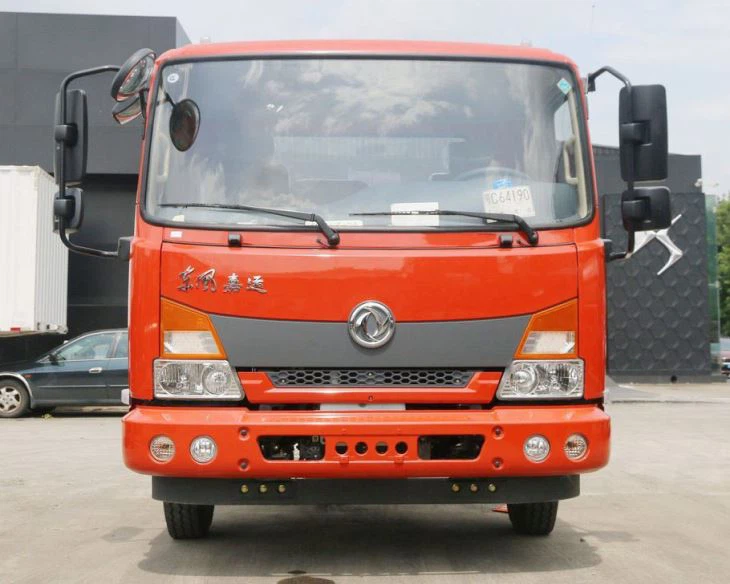Classic Garbage Trucks: A Journey Through Time and Functionality

Introduction
Classic garbage trucks hold a special place in the history of sanitation vehicles, representing not only the evolution of waste management but also the nostalgia associated with these iconic machines. From their early designs to the modern innovations we see today, garbage trucks have transformed significantly, yet they maintain a fundamental purpose: keeping our communities clean. This article explores the history, types, features, and future of classic garbage trucks, providing a comprehensive overview that will interest enthusiasts, municipal workers, and waste management professionals alike.
History of Garbage Trucks
Early Beginnings
The concept of garbage collection dates back to ancient civilizations; however, the first motorized garbage trucks were introduced in the early 20th century. These early models, often modified versions of delivery trucks, were simple in design and functionality.
The Rise of Specialized Vehicles
By the 1920s and 1930s, manufacturers began producing vehicles specifically designed for waste collection. The introduction of the rear-load garbage truck significantly changed waste management practices, allowing for more efficient collection methods.
Iconic Models Throughout the Years
| Year | Model | Features |
|---|---|---|
| 1920s | Ford Model T | Open back, manual loading |
| 1950s | Demountable Truck | Interchangeable bodies |
| 1970s | Packers | Compaction technology |
Types of Classic Garbage Trucks
Rear-Loader Trucks
Rear-loader garbage trucks are a staple in urban waste collection. These vehicles feature a rear-loading mechanism that allows workers to efficiently load trash from the back. They are particularly popular in residential areas where space is limited.
Side-Loader Trucks
Side-loader trucks are designed for collecting waste from commercial locations. These trucks often feature automated arms that pick up bins, reducing the need for manual labor and improving efficiency.
Front-Loader Trucks
Front-loader trucks are commonly used for large containers and are essential in commercial waste management. With robust lifting mechanisms, they can handle heavy loads, making them ideal for businesses.
Features of Classic Garbage Trucks
Compaction Systems
One of the most significant innovations in garbage truck design is the compaction system, which compresses waste to maximize storage capacity. This feature reduces the frequency of collections and can significantly cut operational costs.
Automated Systems
Many classic garbage trucks have been updated with electronic and automated systems that enhance efficiency. This includes automated loading arms and GPS tracking to optimize collection routes.
Safety Features
Modern classic models also incorporate numerous safety features, such as backup alarms, cameras, and stabilizers to ensure operator safety during operations.
Maintenance and Care for Classic Garbage Trucks
Regular Maintenance Checks
To ensure the longevity of classic garbage trucks, regular maintenance checks are crucial. This includes inspecting hydraulic systems, compaction mechanisms, and overall vehicle performance.

Cleaning Protocols
Garbage trucks can become dirty quickly. Implementing a cleaning protocol not only helps maintain aesthetics but also extends the lifespan of the vehicle. Consider using biodegradable cleaning solutions to minimize environmental impact.
Documentation and Record-Keeping
Keeping accurate records of maintenance and service history is essential. This documentation can help identify recurring issues and streamline repairs.
Classic Garbage Trucks in Pop Culture
Depictions in Film and Television
Garbage trucks have made several memorable appearances in films and TV shows, often symbolizing community and work. Classic movies frequently showcase these vehicles in a nostalgic light, capturing the hearts of many fans.
Collectibles and Memorabilia
Many enthusiasts collect die-cast models and memorabilia related to classic garbage trucks. These collectibles often feature famous models and are sought after by both children and adults, preserving the legacy of these essential vehicles.
Future of Garbage Trucks
Electric and Hybrid Models
The future of garbage trucks looks promising with advancements in electric and hybrid technology. These vehicles are expected to reduce emissions and operating costs significantly, paving the way for sustainable waste management solutions.

Smart Technology Integration
As cities increasingly adopt smart technology, garbage trucks will also evolve. Integrating IoT devices and AI will enhance route optimization, making waste management more efficient and responsive to community needs.
The Role of Innovation
Innovation will continue to play a critical role in the development of garbage trucks, emphasizing the importance of making them more environmentally friendly while improving their functionality.
Practical Tips for Selecting Garbage Trucks
Evaluating Needs
Before purchasing or commissioning garbage trucks, it’s essential to evaluate the specific needs of your municipality or business. Consider the volume of waste, type of waste, and urban layout to select the most suitable model.
Consulting Experts
Engaging with waste management experts can provide insights into the best options available. Consulting manufacturers’ representatives or seeking feedback from other municipalities can guide your choice.
Consider Cost-Efficiency
When selecting garbage trucks, balancing initial costs with long-term operational efficiency is vital. Evaluate fuel consumption, maintenance costs, and potential grants for eco-friendly models to ensure a wise investment.
FAQs About Classic Garbage Trucks
What are the main types of garbage trucks?
The main types of garbage trucks are rear-loader, side-loader, and front-loader trucks, each designed for specific waste collection tasks.
What features should be expected in modern garbage trucks?
Modern garbage trucks typically feature compaction systems, automated loading mechanisms, and enhanced safety features like cameras and alarms.
How can municipalities maintain their garbage trucks effectively?
Municipalities can maintain their garbage trucks through regular maintenance checks, cleaning protocols, and accurate documentation of service history.

What role do garbage trucks play in sustainability efforts?
Garbage trucks are crucial in sustainability efforts by serving as a vehicle for efficient waste management, recycling, and promoting eco-friendly practices through electric and hybrid models.
Why are garbage trucks important in urban planning?
Garbage trucks are vital in urban planning as they help maintain sanitary conditions, support public health, and manage waste effectively within growing populations.
How can technology improve garbage truck efficiency?
Technology can enhance garbage truck efficiency through route optimization, automated loading systems, and smart devices that monitor vehicle performance and waste levels in real-time.
